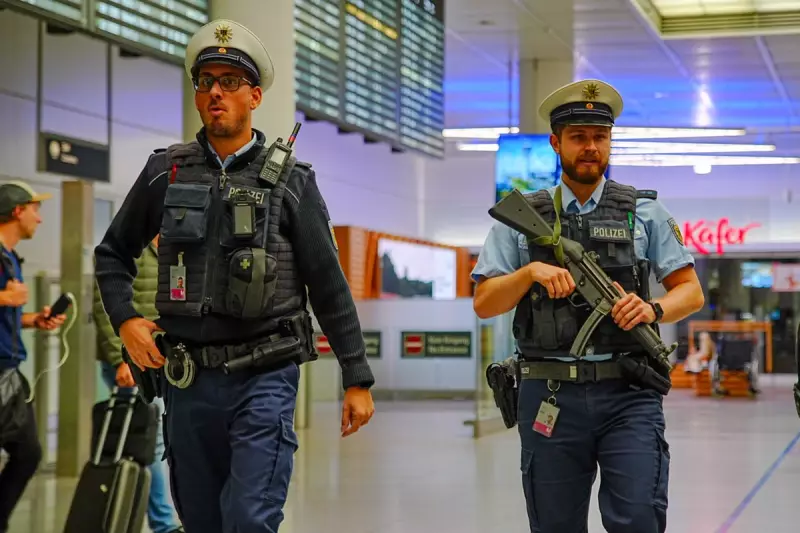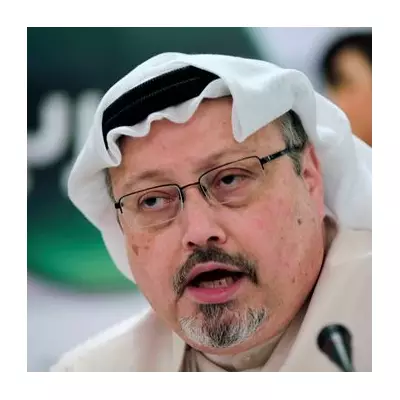
Europe is staring down the barrel of a potential two-decade confrontation with an increasingly aggressive Russia, according to a chilling assessment from one of NATO's most senior commanders. The stark warning comes as intelligence reveals Moscow is rebuilding its military capabilities at an alarming rate, despite suffering catastrophic losses in Ukraine.
The Gathering Storm
Admiral Rob Bauer, Chair of NATO's Military Committee, delivered the sobering message that the alliance must fundamentally rethink its defence posture. "We are facing a Russia that has demonstrated it can regenerate military force faster than anyone anticipated," Bauer stated during high-level discussions in Brussels.
Intelligence assessments paint a concerning picture of Russia's military-industrial complex operating at wartime capacity. Moscow is reportedly producing artillery shells at triple the rate of Western nations while simultaneously expanding its troop numbers through aggressive recruitment campaigns.
Europe's Wake-Up Call
The warning couldn't come at a more critical moment. Many European nations have allowed defence spending to stagnate since the Cold War, with only a handful of NATO members meeting the alliance's 2% of GDP target. Now, military leaders are urging governments to treat defence as an urgent priority rather than a long-term aspiration.
"The era of peace dividends is over," declared one senior defence official familiar with the intelligence. "We're entering a period of sustained confrontation that requires immediate investment in capabilities, ammunition stockpiles, and readiness."
The Ukrainian Crucible
Current battlefield dynamics in Ukraine provide both concern and opportunity. While Ukrainian forces have inflicted significant damage on Russia's military, the conflict has become a brutal testing ground for new tactics and technologies. Western officials worry that Russia is learning faster and adapting more effectively than anticipated.
Meanwhile, European defence manufacturers are struggling to keep pace with demand. Production lines for crucial munitions like 155mm artillery shells remain constrained, raising questions about Europe's ability to sustain a prolonged conflict if necessary.
The Path Forward
NATO leaders are now pushing for several key measures:
- Accelerated military modernisation across all member states
- Increased defence manufacturing capacity to rebuild stockpiles
- Enhanced forward presence in Eastern European nations
- Improved intelligence sharing and early warning systems
The message from Brussels is clear: the threat from Moscow isn't diminishing with its Ukraine setbacks. Instead, Europe faces a determined adversary rebuilding for a long-term confrontation that could define European security for a generation.





